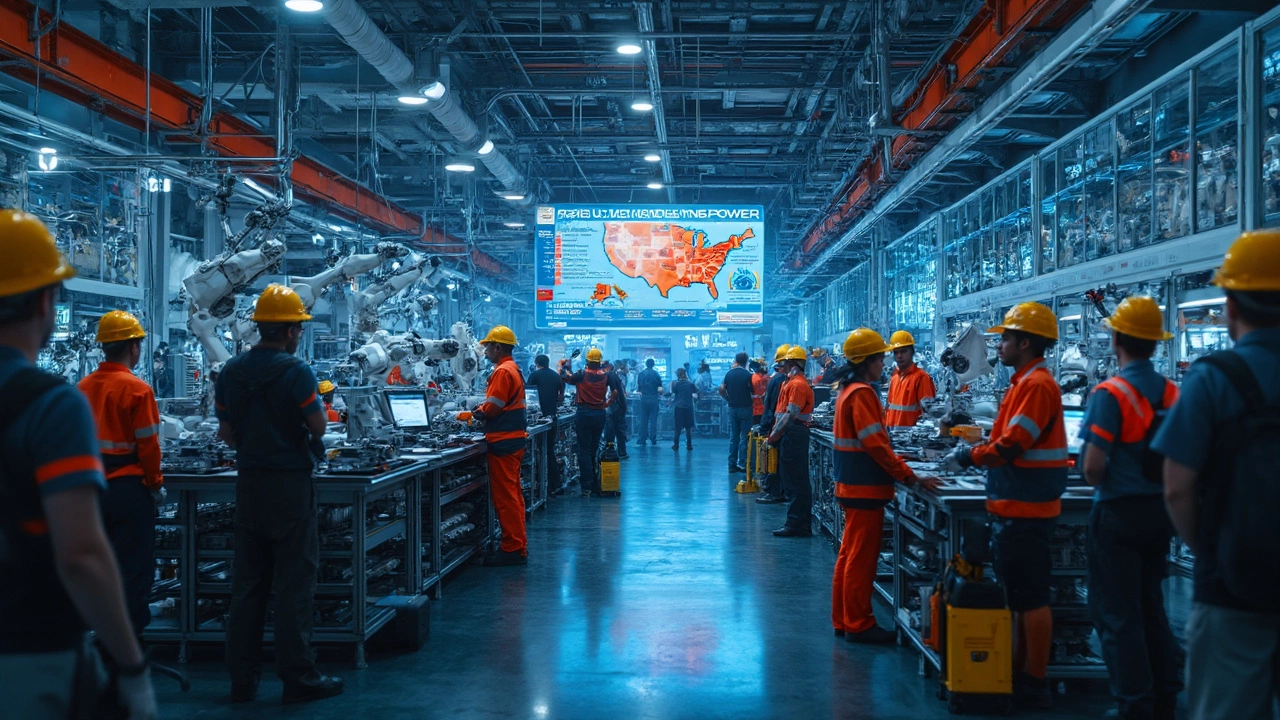US vs China Manufacturing: Who’s Winning the Global Race?
When you think about where products are made, two names pop up instantly – the United States and China. Both have massive factories, but they play very different games. Understanding those differences helps you decide where to source, invest, or expand.
Cost and Speed Advantages
China’s biggest edge is price. Low labor costs, government subsidies, and huge scale keep unit prices down. That’s why many electronics, textiles, and simple consumer goods still ship from Chinese ports. The trade‑off is longer shipping times and sometimes less control over quality.
The US, on the other hand, charges more for labor, but it makes up for it with speed and flexibility. Domestic factories can turn around orders in weeks instead of months, which matters for high‑tech parts, medical devices, and anything that needs quick redesigns. Plus, you avoid tariffs and customs delays.
Another hidden cost is logistics. Shipping a container from Shanghai to New York adds fuel, port fees, and handling time. If you’re already in North America, a US plant saves you those extra miles and the carbon footprint.
Future Outlook and Opportunities
Both countries are shifting. China is investing heavily in automation and AI to keep costs low even as wages rise. Expect smarter factories, more robotics, and tighter quality control.
The US is pushing “Made in America” policies, tax incentives, and renewable‑energy powered plants. These moves are attracting companies that want to reduce supply‑chain risk and appeal to eco‑conscious buyers.
For a business, the choice isn’t always black‑and‑white. Many adopt a hybrid model – source low‑margin items from China while keeping high‑value, time‑critical components in the US. This balances cost savings with speed and reduces exposure to geopolitical bumps.
Bottom line: China wins on cheap, high‑volume production; the US wins on speed, customization, and lower regulatory hassle. Your specific product, market demand, and risk tolerance will tell which side fits best.
Thinking about moving production? Start by mapping out your product’s cost structure, lead‑time needs, and any tariff exposure. Then compare a few suppliers from each country. A small pilot run can reveal hidden issues before you commit to a full‑scale shift.
In the end, the US vs China manufacturing debate is less about who’s better overall and more about which strengths line up with your goals. Use the data, test the waters, and pick the mix that keeps your business agile and profitable.
Where the US Ranks in Global Manufacturing: Surprising Facts and Analysis
Uncover the real story behind the US manufacturing rank. Discover accurate stats, surprising facts, and what the ranking means for the American economy.
Read More




